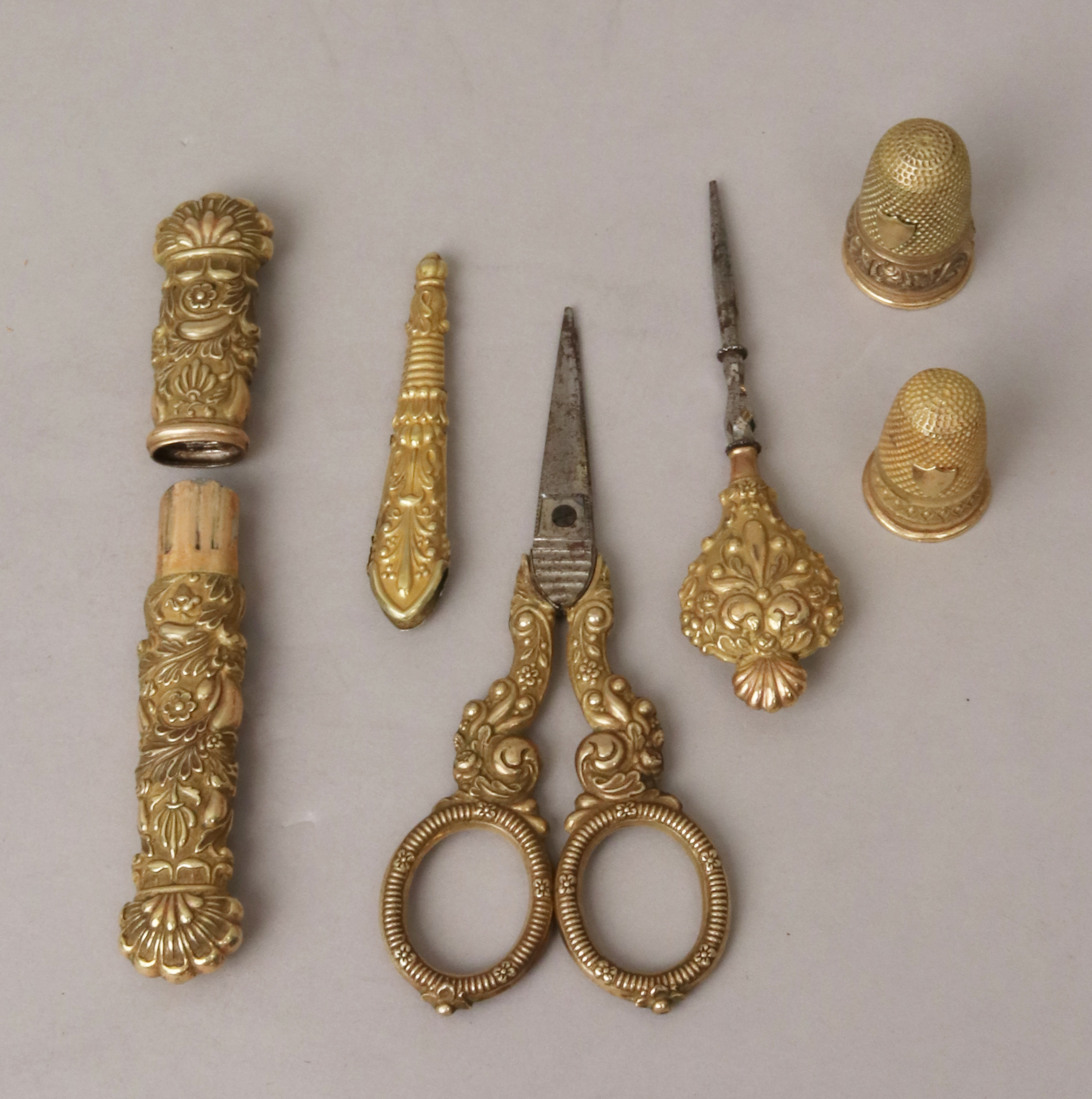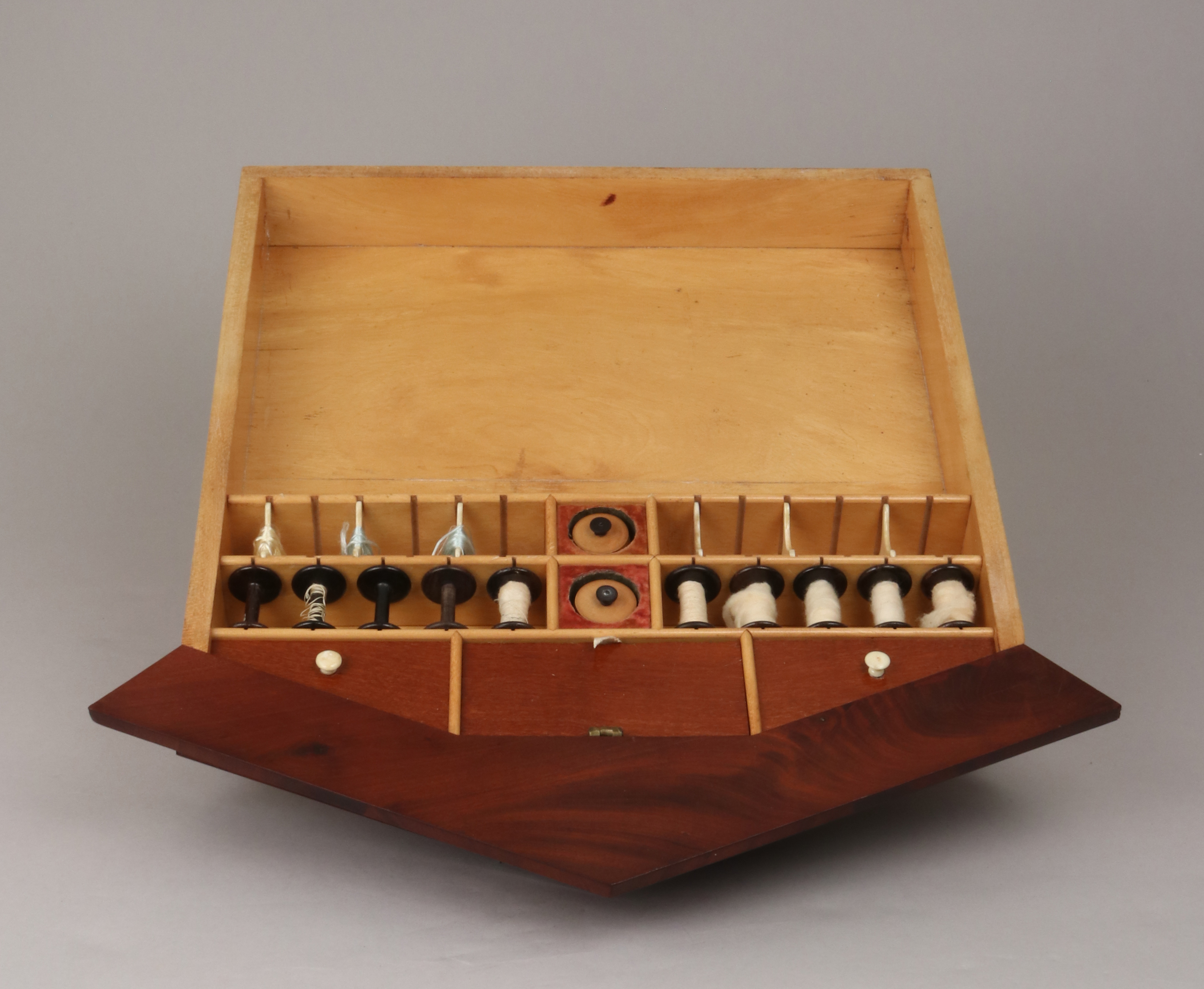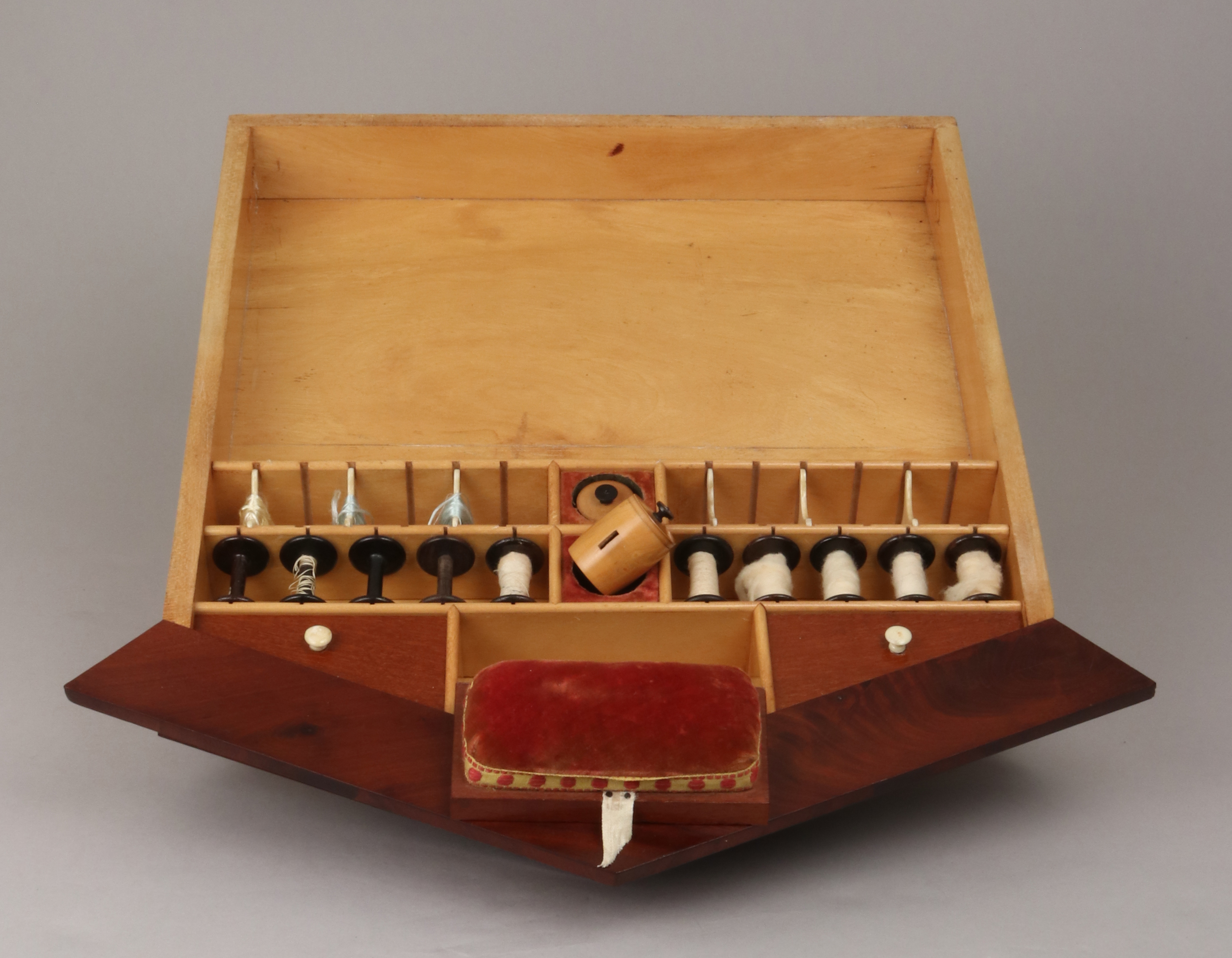Work box in the form of a peacock
This inventive sewing box in the form of a displaying peacock was likely made in one of the leading cabinetmaking workshops in nineteenth-century Berlin. Its condition is impeccable, owing to the fine cut of seasoned wood and the measures taken by the master to ensure its long-term stability. It is a tour de force of furniture making. According to Dr. Samuel Wittwer, Director of the Palaces and Gardens Berlin-Brandenburg, an eminent German furniture scholar, the present piece is likely a unique creation. The use of distinctive "pyramid" mahogany, that is, mahogany whose grain structure is decoratively figured and culminates in a point, is a strong keynote of high-quality furniture in Berlin from 1815-1835. Even the seemingly simple geometric base shows excellent technique; the veneer is of the finest “pyramid-grained” mahogany and has been skillfully applied to the panels’ concave surfaces, evidence of the cabinetmaker’s mastery.
Due to rights restrictions, this image cannot be enlarged, viewed at full screen, or downloaded.
This artwork is meant to be viewed from right to left. Scroll left to view more.






